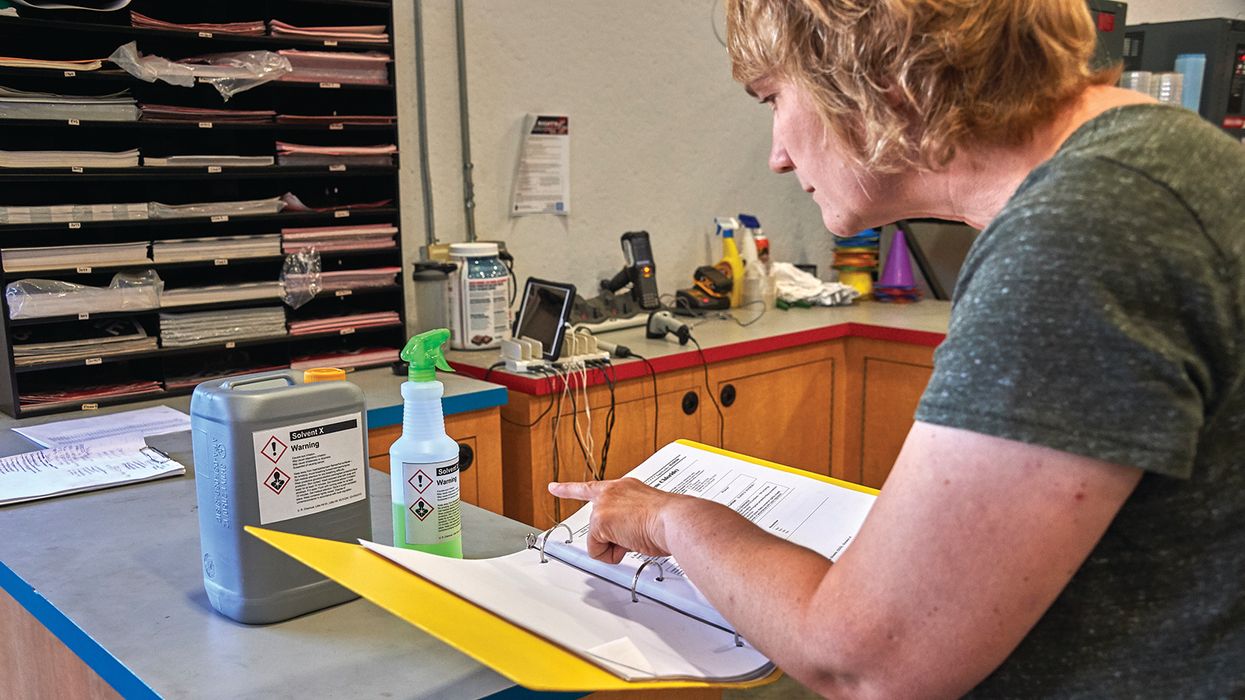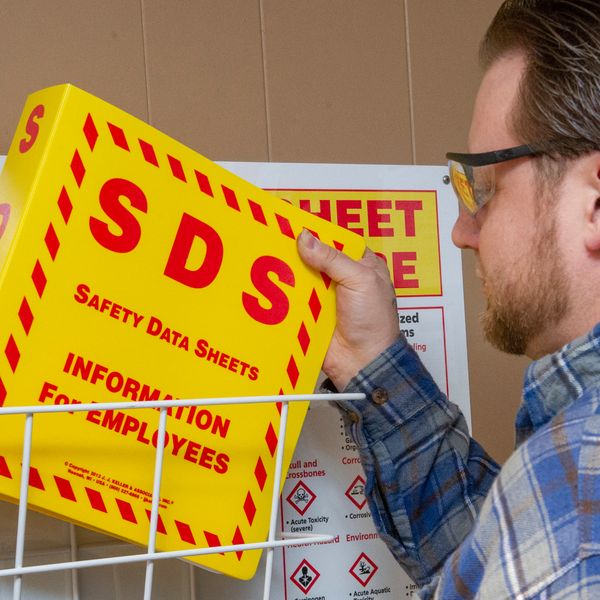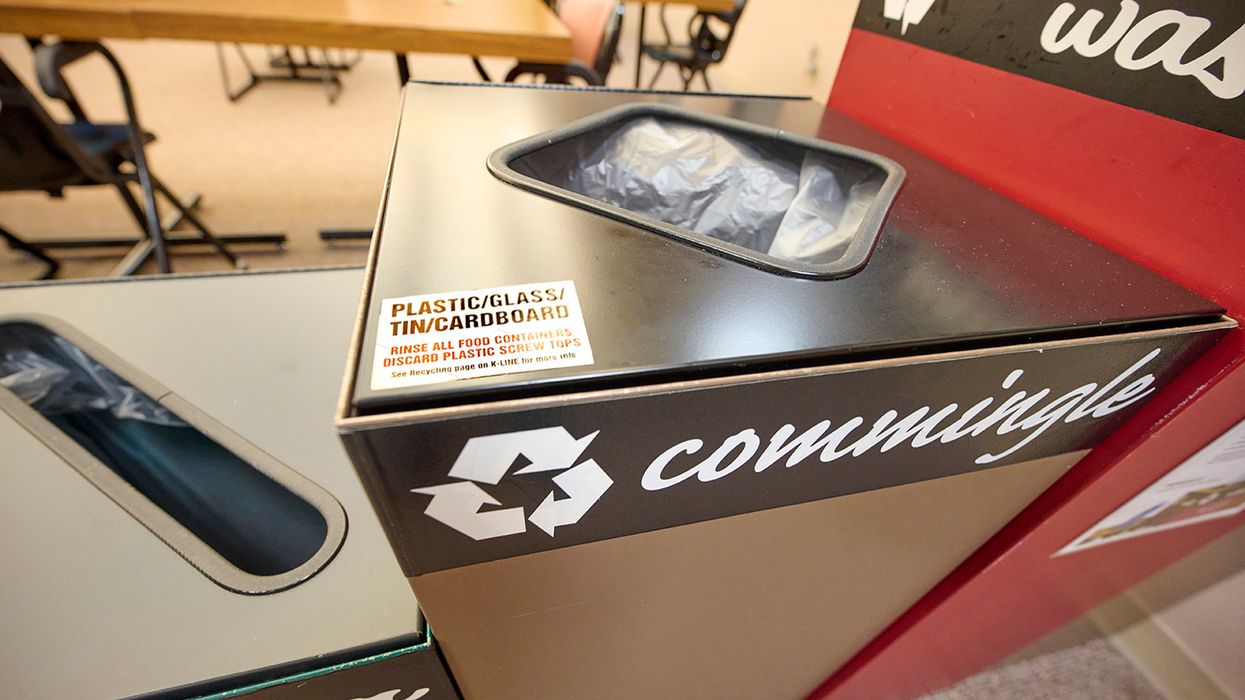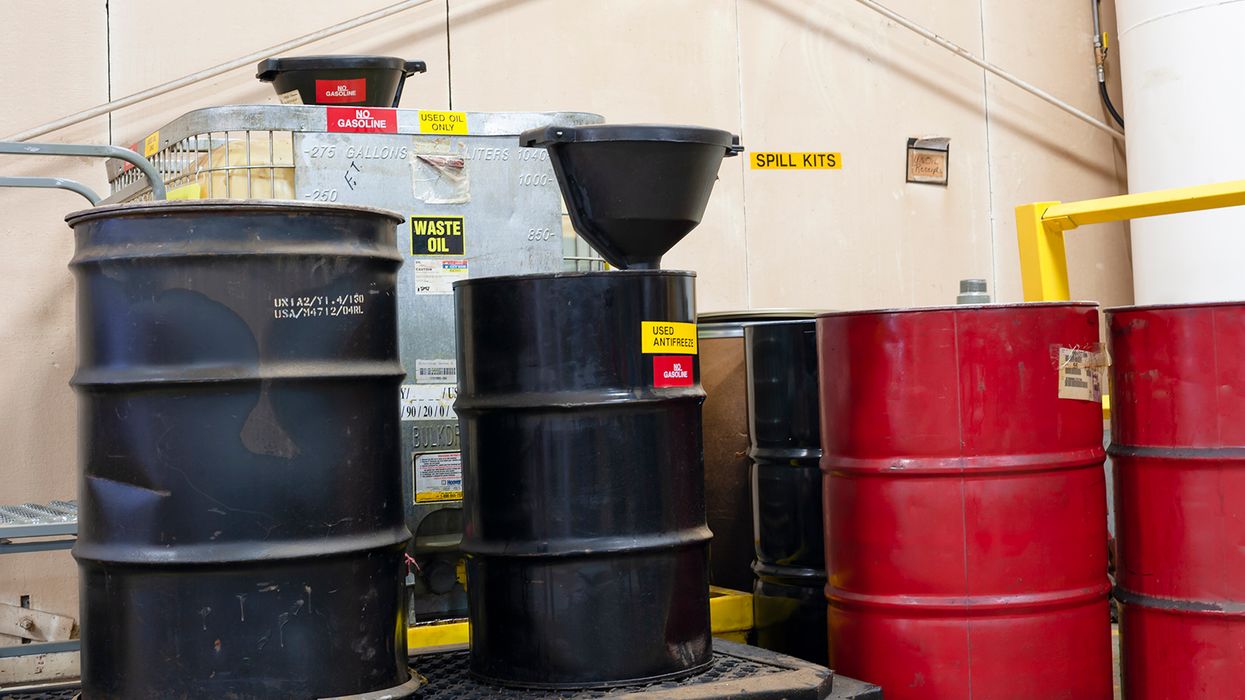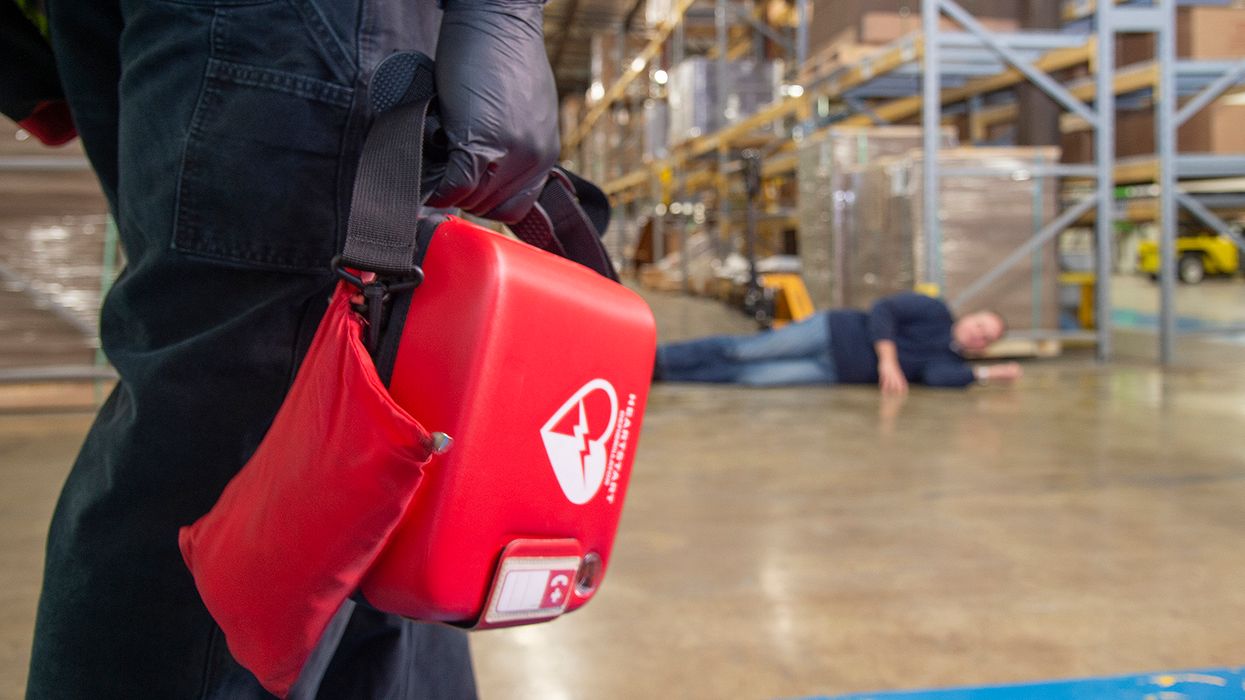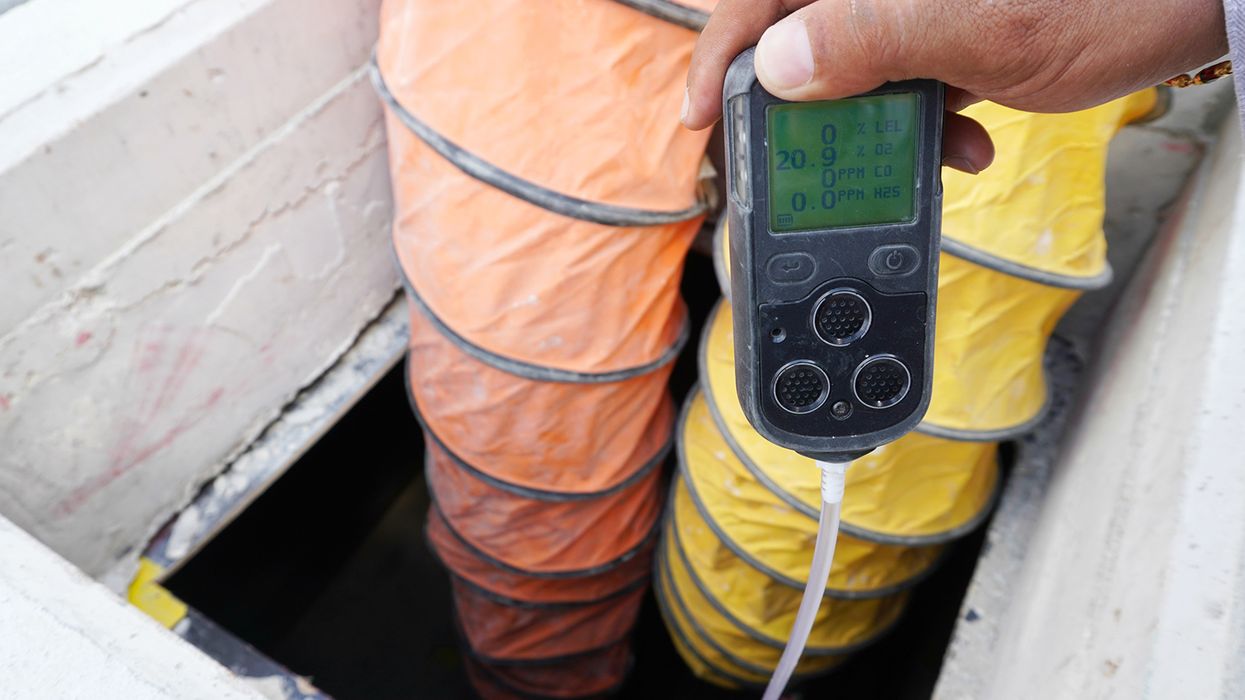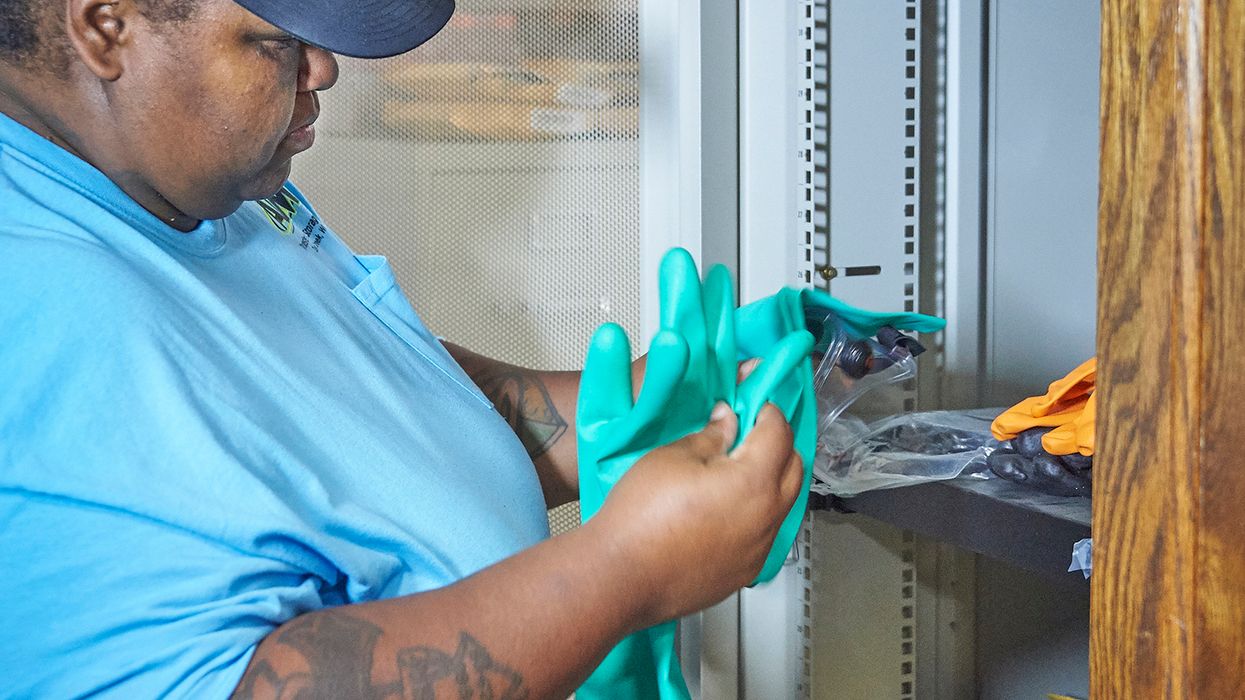Let’s talk in-house labels and labeling requirements!
We often get questions asking about how in-house labeling works and what training must be done to satisfy OSHA’s requirements. Good news is, OSHA makes pretty simple their rule in the standard, you just have to know how to explain it to your employers.
Employees have both a need and a right to know the identities and hazards of the chemicals they are exposed to at work.
Explain “How can it hurt me?”
Chemical exposure may cause or contribute to many serious health effects such as heart ailments; kidney, liver and lung damage; sterility; cancer; and burns and rashes. Some chemicals may present physical hazards, having the potential to cause fires or explosions. OSHA developed the hazard communication (HazCom) standard to establish uniform requirements for informing employees about hazards related to workplace chemicals.
Explain ”What must my employer do?”
The HazCom standard ensures that chemical manufacturers and importers evaluate and classify the hazards of all chemicals they produce or import, and that information concerning these hazards is transmitted to employers and employees.
You must:
- Implement a HazCom program in your workplace.
- Obtain safety data sheets (SDSs) and labels for each hazardous chemical in your workplace.
- Identify and list the hazardous chemicals in your workplace.
- Design and implement an employee protection program.
- Train employees, and provide information on hazardous chemicals.

